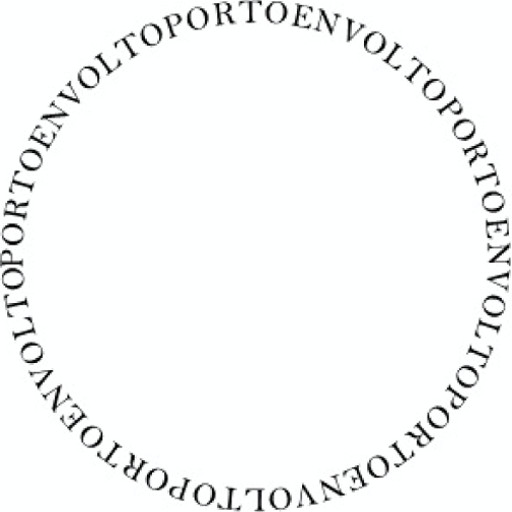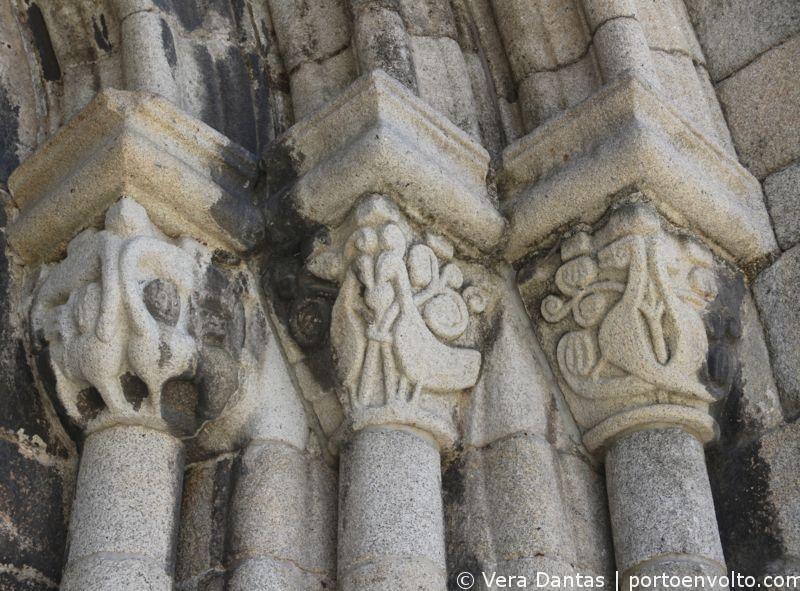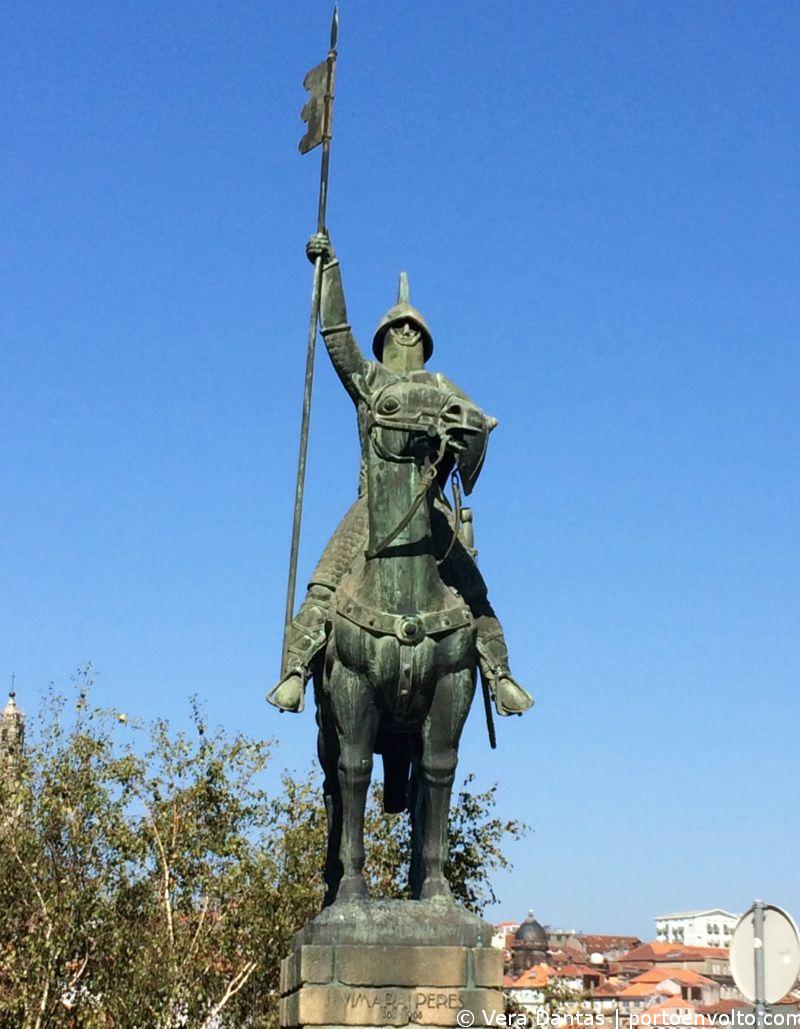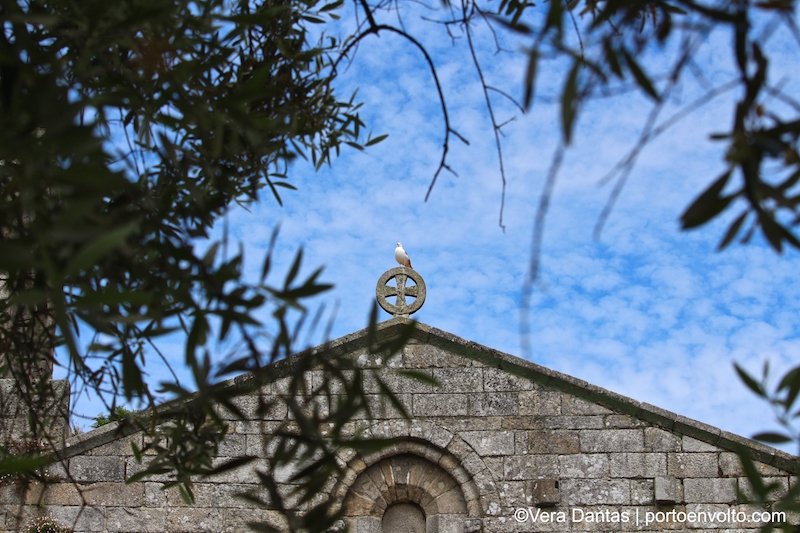
A Igreja Românica de Cedofeita carrega nas suas pedras 1500 anos de história, o que lhe confere o estatuto de igreja mais antiga do Porto, anterior mesmo à fundação de Portugal. Pelo menos dois templos terão antecedido a actual construção românica. No século XVIII (1767), uma inscrição colocada no tímpano do portal principal menciona um primitivo templo neste local, da época da dinastia sueva, no século VI.
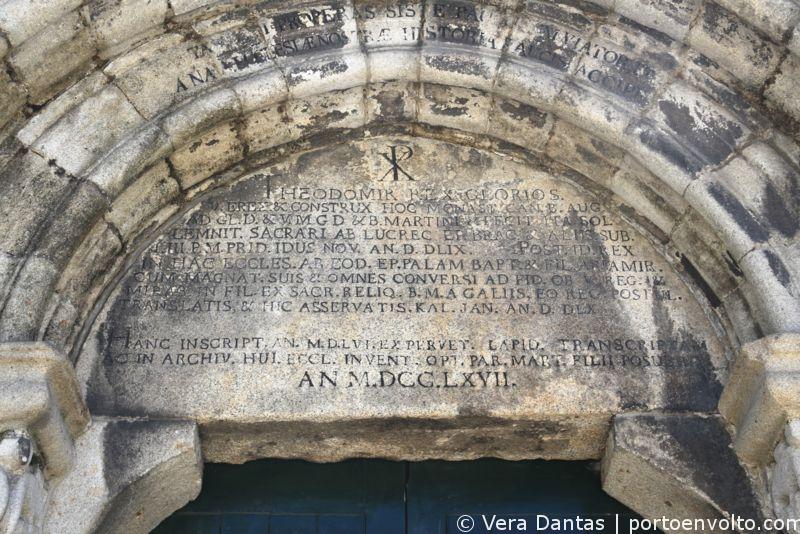
Conta a lenda que o rei suevo Teodomiro (Theodomir, em latim, como se lê na inscrição acima), em desespero para salvar o seu filho da doença, terá feito uma promessa a São Martinho de Tours, enviando embaixadores com ouro e prata em peso igual ao do seu filho. No regresso, um bispo de Braga trouxe uma relíquia do santo francês que, quando mostrada ao filho do rei, o curou. Como agradecimento, Teodomiro terá convertido todo o povo suevo ao catolicismo e mandado construir uma nova igreja em honra do santo, no ano de 559. Por ter sido construído num muito curto espaço de tempo, ficou conhecido como Cito Facta, que significa Feita Cedo, expressão que derivou para Cedofeita. Em honra ao santo, o nome deste templo é, ainda hoje, Igreja de São Martinho de Cedofeita.
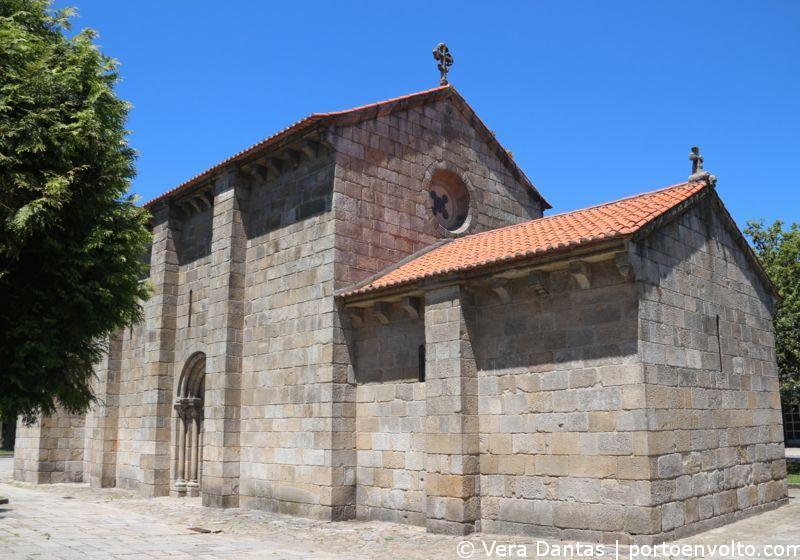
A Igreja da Cedofeita conserva ainda vestígios de um templo com mais de mil anos, construído em finais do século IX: dois magníficos capitéis de arco triunfal.
Estes capitéis testemunham a época em que se deu a presúria (reconquista das terras pelos cristãos aos mouros na Península Ibérica), do burgo de Portucale (Porto) pelo grande senhor da guerra Vímara Peres, no reinado do rei Afonso III. Ao cumprir a missão que lhe fora incumbida de reconquistar o Vale do Douro, no ano de 868, Vímara Peres conseguiu o feito de alargar a fronteira portuguesa até à margem direita do rio Douro. A cidade soube honrá-lo com uma imponente estátua equestre em frente à Sé do Porto.
Uma igreja tão ancestral foi naturalmente alvo de sucessivas transformações ao longo do tempo. O actual traçado românico foi-lhe imprimido no século XII, altura em que foi erguido um mosteiro anexo, o Mosteiro da Cedofeita. Nesse mesmo século Portugal seria fundado como nação. Hoje, os mais de mil anos de história da Igreja da Cedofeita encontram-se rodeados por um romântico jardim. No Verão, o passeio enquadrado por colunas de inspiração romana ostenda um frondoso caramanchão de glicínias que perfuma o ar. No Inverno, o jardim veste-se de delicadas camélias que adornam o ambiente já de si mágico desta belíssima igreja, bem no coração do Porto.
ENGLISH VERSION
There is a church in Porto that predates the foundation of Portugal, the Church of São Martinho de Cedofeita. Also known as Igreja Românica (romanesque) da Cedofeita, it carries in her stones 1500 years of history, endowing it with the title of being the oldest church in Porto. At least two temples have preceded the current Romanesque building. In the eighteenth century (1767), an inscription placed on the tympanum of the main portal mentions a primitive temple in this location, from the time of the Swabian dynasty, in the sixth century.
Legend has it that the Swabian king Teodomiro, in desperation to his son’s disease, has made a promise to St. Martin of Tours, sending ambassadors with gold and silver in an amount that equaled the child’s weight. A bishop of Braga brought a relic of the French saint which, when shown to the king’s son, healed him of his disease. Teodomiro was so grateful that he converted all his Swabian people to Catholicism and built a new church in honor of the saint, in the year 559. Since it was built in a very short time, the church became known as Cito Facta, which means Made Early, an expression derived to the Portuguese Cedofeita, with the same meaning.

The Church of Cedofeita still retains traces of a temple with over a thousand years, built in the late ninth century: two magnificent capitols of triumphal arch.
These capitols bear witness to the time of the reconquest of the lands by Christians from the Moors in the Iberian Peninsula. Portucale (Porto) was reconquered by the great warrior Vímara Peres in the year 868, during the reign of King Alfonso III. Vímara Peres’s military achieved in his demand to reconquest the Douro Valley and, as a result, the Portuguese border was extended to the right bank of the Douro River. The city has rightly honoured its hero conqueror with an outstanding equestrian statue in front of Porto’s Cathedral.
Such an ancient church was naturally subject to successive changes over time. The current Romanesque appearence was imprinted in the twelfth century, when the Monastery of Cedofeita was attached to the church. In that same century Portugal was founded as a nation. Today, the thousand years old history of Cedofeita Church is surrounded by a romantic garden. In summer, a leafy arbor of wisteria sustained by columns of Roman inspiration perfumes the air. In winter, the garden dresses itself in delicate camellias adorning the already magic environment of this beautiful church, right in the heart of Porto.
Endereço|Adress:
Igreja de São Martinho de Cedofeita
Largo do Priorado
4050-487 Porto
